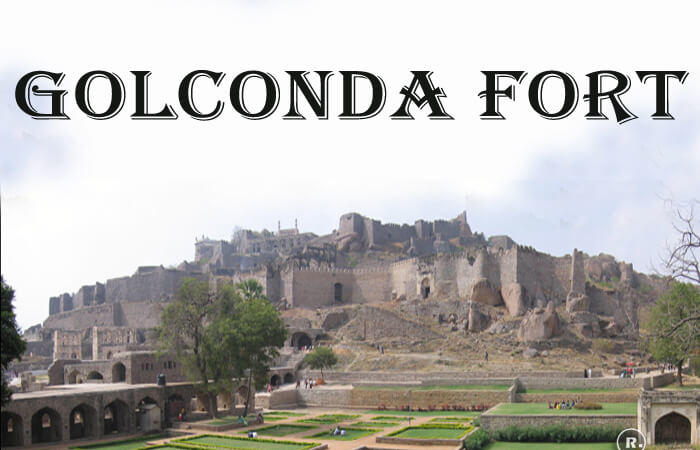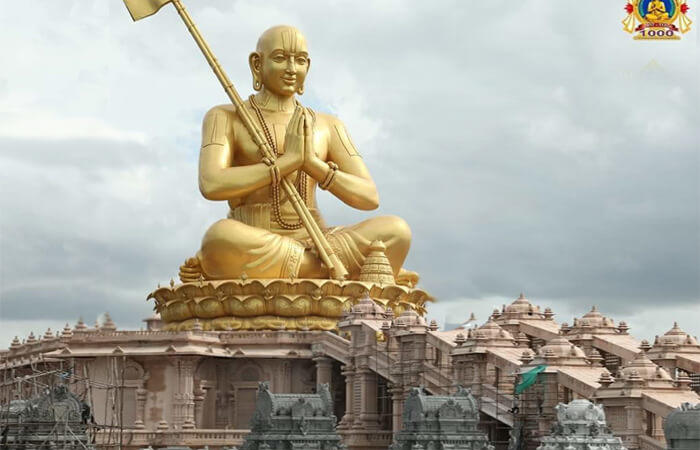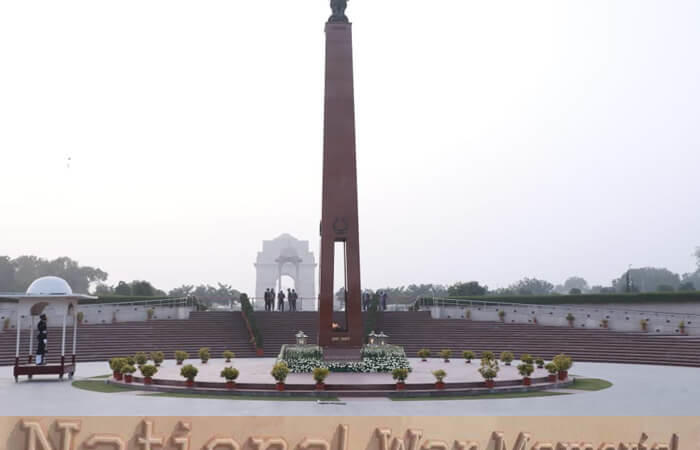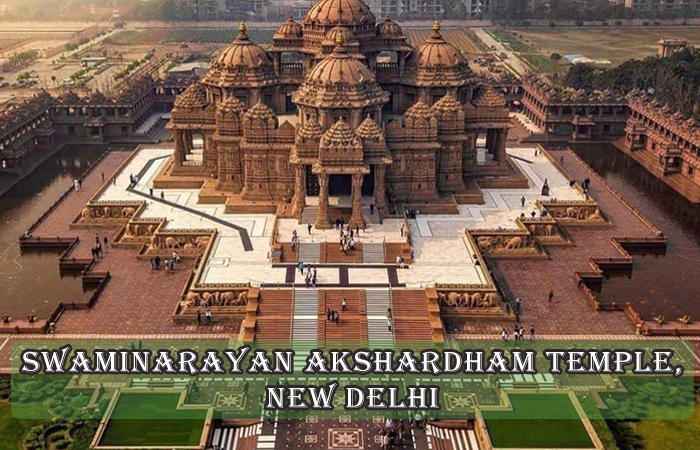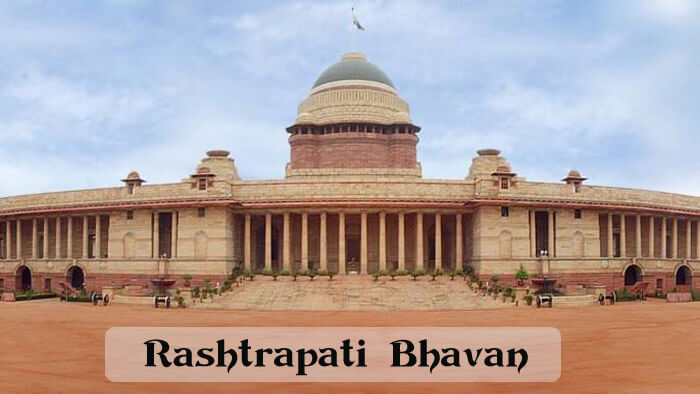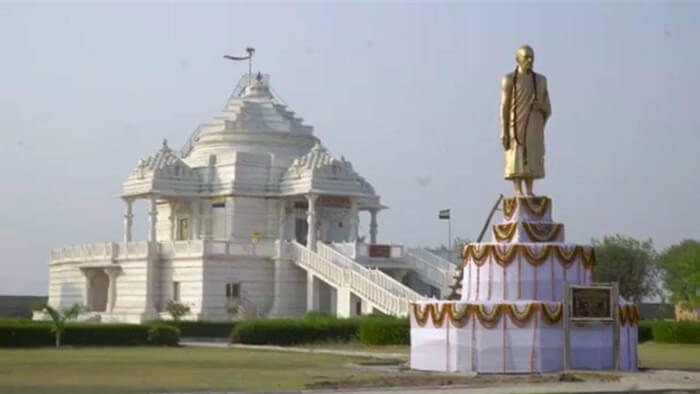Basilica of Bom Jesus
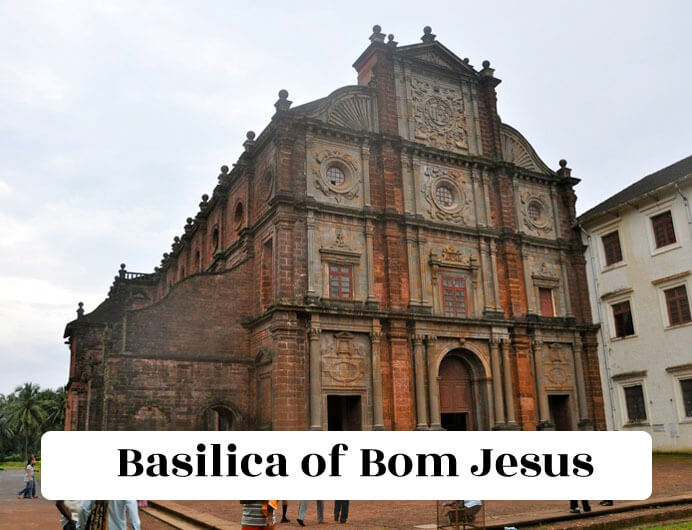
Basilica of Bom Jesus is located 10 km east of Panaji along the Mandovi River in the old Goa town. It is also been included in the UNESCO World Heritage Monument list making it an important landmark in the country. This is one of the oldest churches in Goa, as well as in India.
The church layout follows Renaissance norms, while the detailing and decoration are related to the style of European architecture. It is an opulent structure incorporating white marble and beautifully gilded altars decorated with frescoes and inlay work.
People from all around the world come to this church to see the relics of St. Francis Xavier. The Basilica is crowded during the month of November and December, especially the 3rd of December which is the feast of St. Francis Xavier.
History
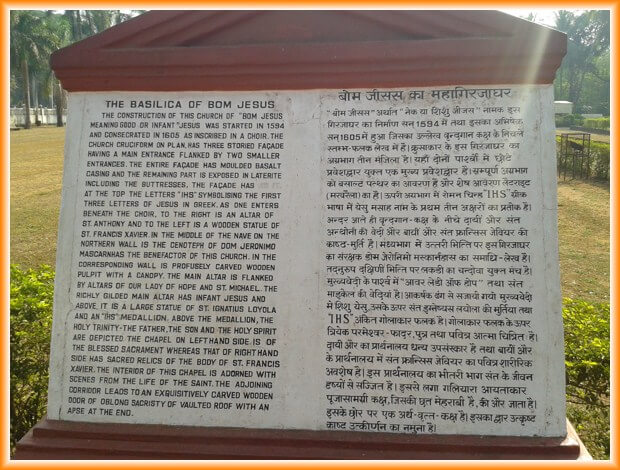
This world heritage monument has emerged as a landmark in the history of Christianity. It contains the body of St. Francis Xavier; a very close friend of St. Ignatius Loyola with whom he founded the Society of Jesus (Jesuits).
Bom Jesus literally means “baby Jesus” and the church holds the mostly-incorruptible body of Goencho Saib (Lord of Goa), or St. Francis Xavier. The saint died while on a sea voyage to China on December 2, 1552. It was his last wish for his remains to be transferred to Goa. After his remains eventually arrived in Goa and have been stored in the specially-made casket since.
After the death of St. Francis Xavier of Goa, his dead body was first preserved in Portugal but sent back to the Basilica after two years. The saint is believed to have unprecedented healing powers. His body is still well decorated and placed in a coffin as a tomb. All the property of the state was confiscated by the Portuguese in 1759, but the church has been allowed to continue its services and has since been known as a holy place.
The relics rest in the casket, until once every decade, they are moved to a glass-encased display cabinet during the Exposition ceremony for public veneration.
Basilica of Bom Jesus Church Architecture
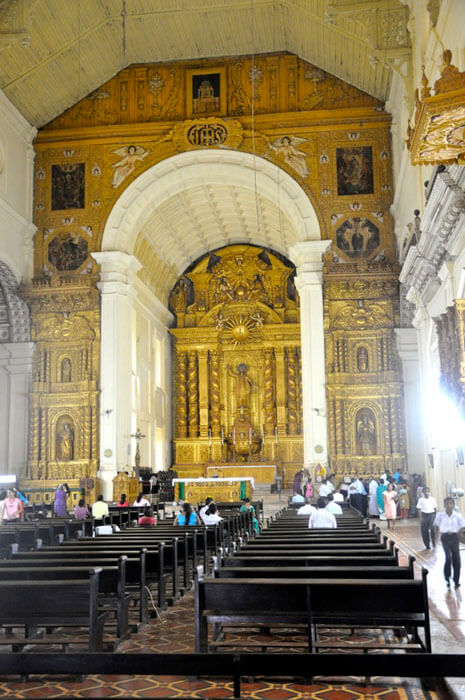
The construction of this large and magnificent church was started on 24 November 1594 and the work was done by Archbishop Alexia de Menezes of Goa to guide the construction of this church. On 15 May 1605, the construction of this church was completed. This Goa church is the best example of Baroque architecture. Everyone calls this church by the name ‘Bom Jesus’, it means ‘good Jesus’ or ‘little Jesus’. The interiors are gilded with gold and the huge white arch is remarkable. The facade of this church is made of black granite in Doric and Corinthian style with great elegance and simplicity.
Its length is 183 feet, width is 55 feet and height is 61 feet. The main altar of this church is 54 feet in height and 30 feet in width. All the columns built in this church were made from basalt and all these basalt were brought from a basin located 300 km away. The interiors of this church were built in the Mosaic-Corinthian style. The interiors of the church are as beautiful and extravagant as the exteriors. The roof of this church was made of tile. This church is built in the shape of a cross. The flying butterfly has been made in the northern direction of this church. Due to a building built on the south side of this church, this church has been connected to the ‘Professed House‘.
The three-storied facade of this church is built in Ionic, Doric, and Corinthian style and has a large entrance in front of which two small pillars are seen in small Corinthian style. This church has two worship places, the main altar and a separate section of the choir. There is also a belfry in the back.
After entering the church, to the right is the statue of Saint Anthony and on the left is a statue of Saint Francis Xavier, carved in wood. To the north of the church is the tomb of Cochin captain Dom Jerónimo Mascarenhas who donated large amounts to build this church, who died in 1593. There are two other statues on either side of the main altar of the church, the first of which is Our Lady of Hope and the second is of Saint Michael. In this church, Jesus as a young child, his idol looks even more beautiful, and also on the top side of his statue is the statue of Saint Ignatius Loyola who is considered the founder of the Order of Jesus. A medal in the church appears to have HIS inscribed on it for Jesus, and the father, mother, and Holy Ghost in the Trinity are also shown on the obverse of that medal. A place of worship has also been arranged in the northern direction of the church.
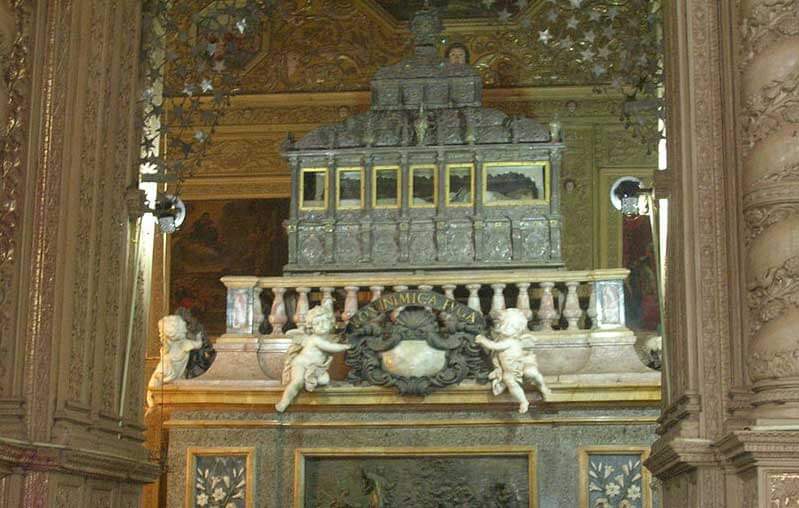
The church has a place of worship in the south direction, where the holy remains of the body of Saint Francis Xavier are kept. Some important events of Saint’s life have been shown through carving wood and paintings at this place. There is a silver statue in front of his grave. The top part of his grave is also made entirely of silver and some precious gems are also placed in the tomb of Saint Francis Xavier. In every direction, his grave has been separated into seven panels and in each panel, the events of his life are shown on two plates. To the side of the shrine of St. Francis Xavier is a corridor with beautiful doors carved to go. This building is very big and grand. Pictures of different saints have been placed on the walls next to it.
The altar of this church has a golden rose flower and was given by the twelfth Pope Peus in 1953. Beside the altar feet of this church is the tomb of Balthazar da Viga, who died in 1659. A painting detailing Saint Francis Xavier is placed next to the altar of this church.
The structure of this Basilica Church is simple but very magnificent and grand. Now the old roof in this church has been replaced by a wooden roof. At the side of the door, there is a statue of Saint Francis Xavier as soon as he goes to the church, but people do not notice it easily because when entering the church everyone keeps looking at the decorated wall behind the altar because it is very It has been ornamented well.
A two-storey building made of laterite is seen on the side of the Basilica Church itself. This building was made from a mixture of plinth and plaster. It was built in 1585, even before the Basilica Church. This Professed House was built by Domingos Fernandes and the building was built entirely according to the rules of the Jesuits.
Many of the important buildings and corridors of this church were completely destroyed due to the fierce fire in 1663, but in 1783 the church was repaired. Another upper storey of this church was demolished between 1886 and 1887.
Today a new art gallery has been built on the side of this Basilica Church. The main exhibit of the gallery contains Italian paintings, which were made during the period between 1973 and 1976. The two largest paintings made include ‘The Last Judgment’ (6 ft X 9 ft) and ‘Genesis‘ (4 ft X 28 ft). You will find a huge throng of tourists from all over the world visiting Goa during the Feast of St. Francis Xavier, annually held on the 3rd of December.
How to Reach:
The nearest airport is at Dabolim (30 km from Panji) which has frequent flights from Mumbai, Chennai, Delhi, Banglore, and Kochi. The nearest Railway station is at Vasco da Gama and Margao also has a number of trains arriving from Goa and the rest of the country. The area is well connected by bus coming from Goa.

